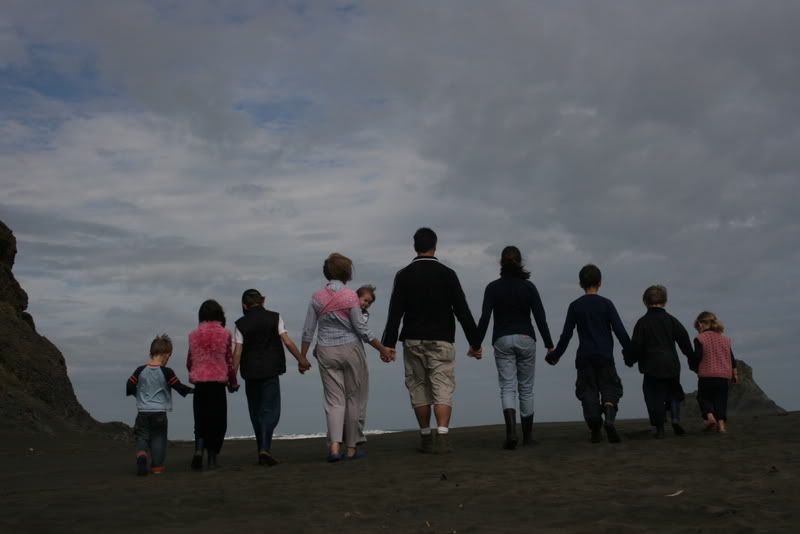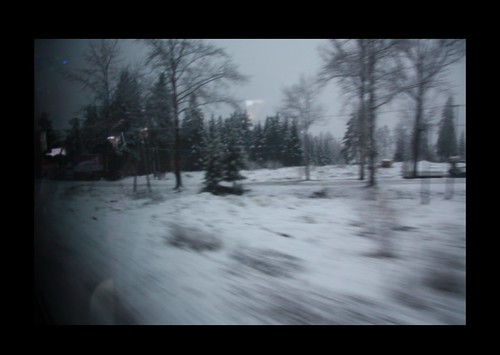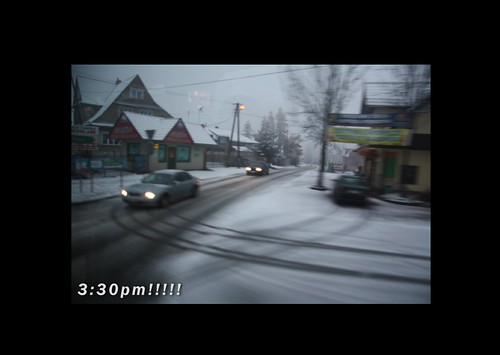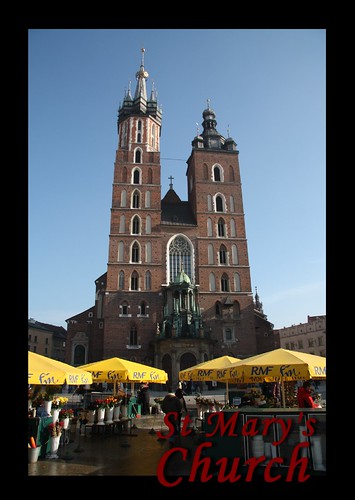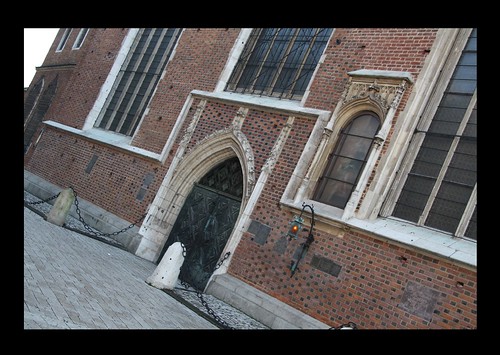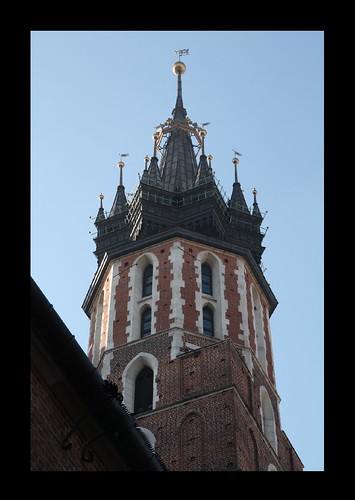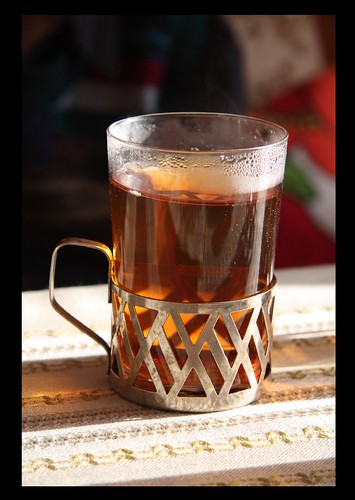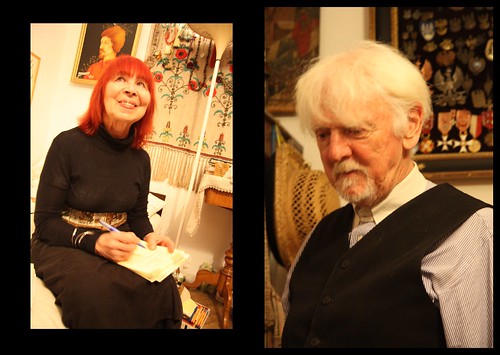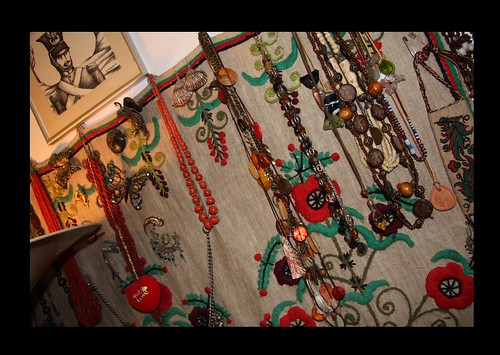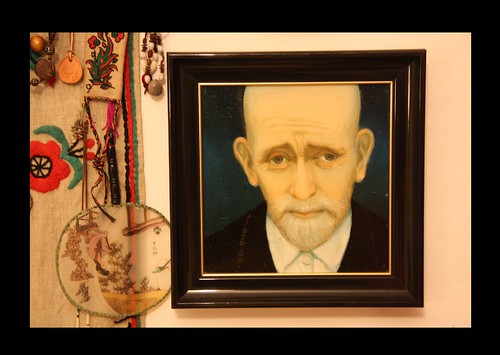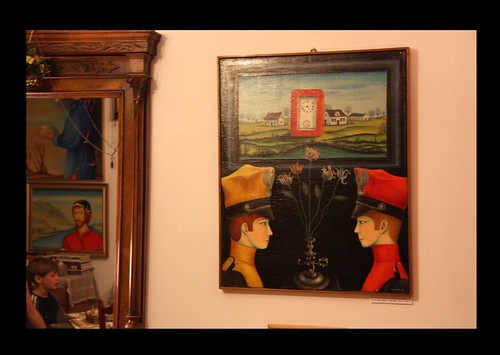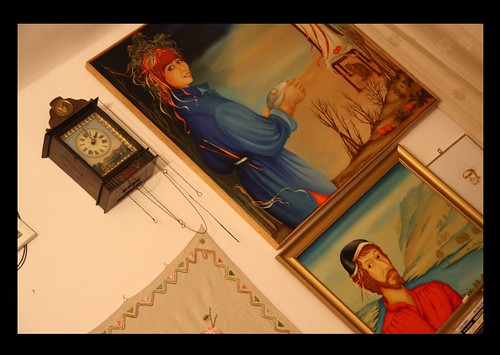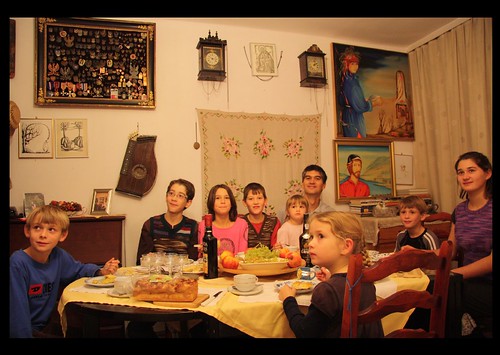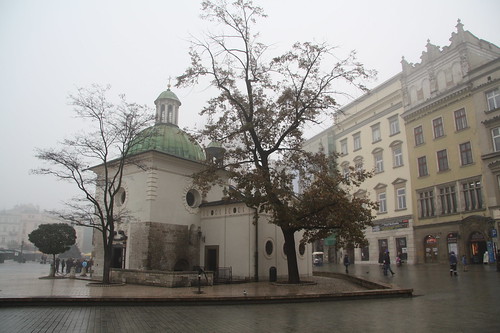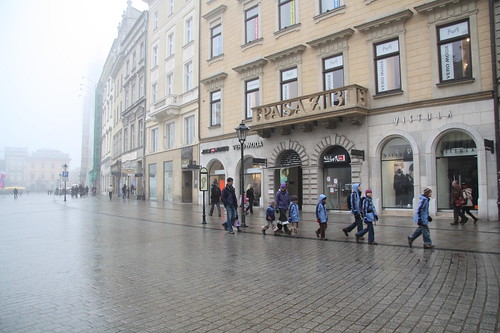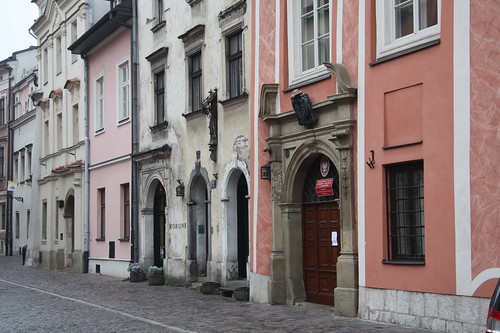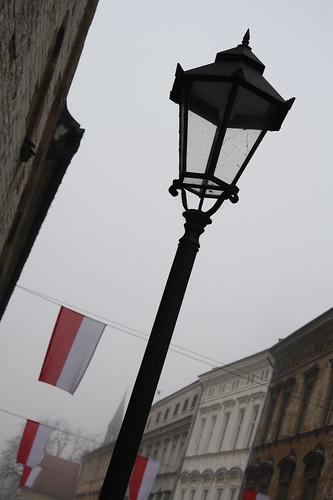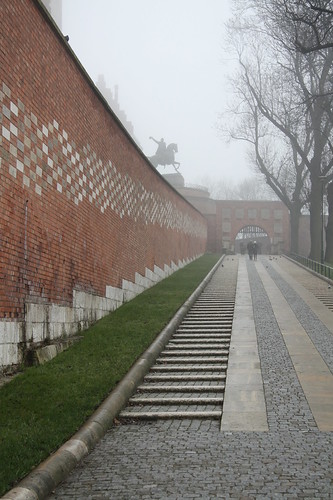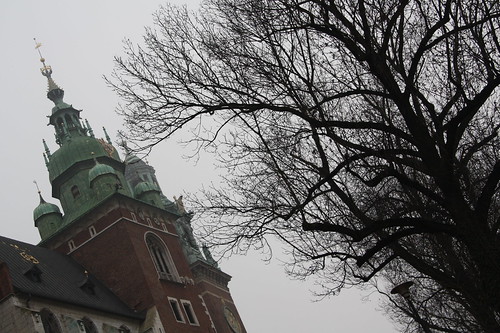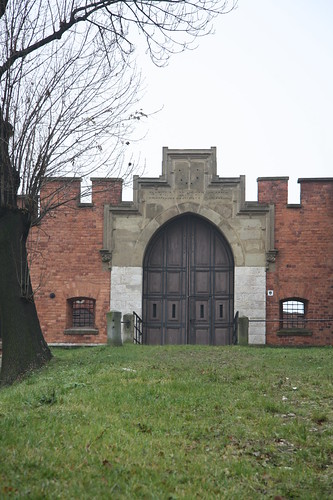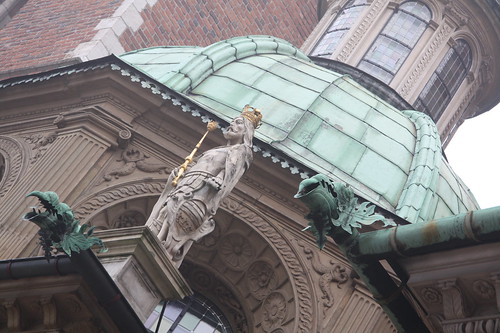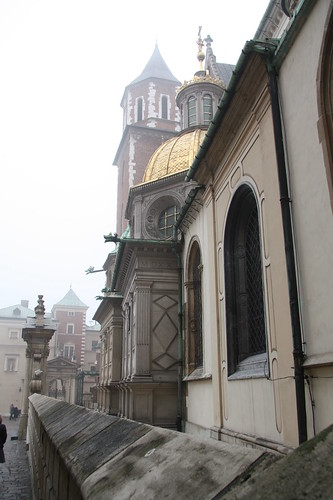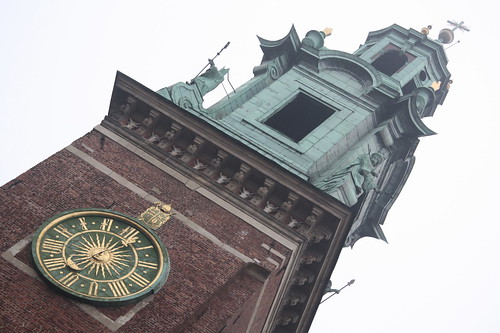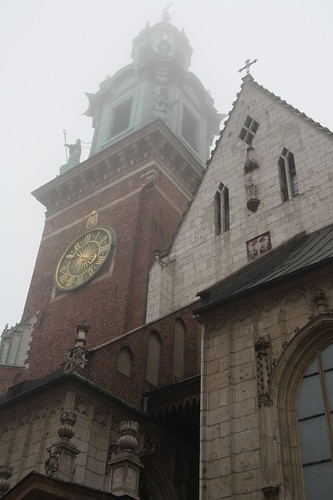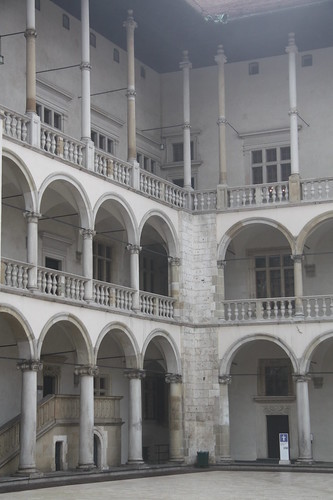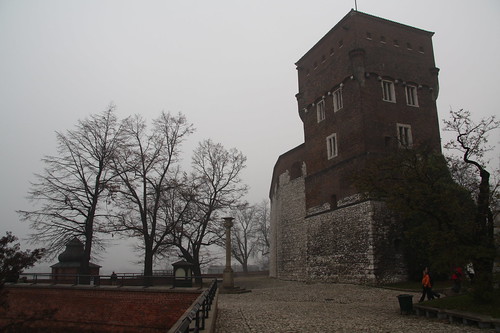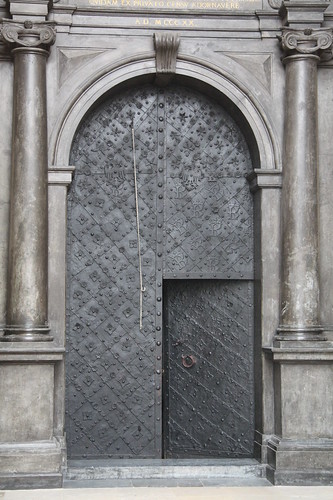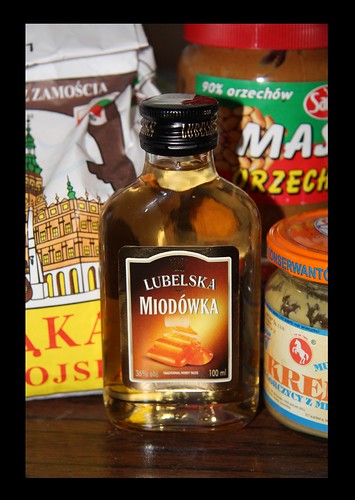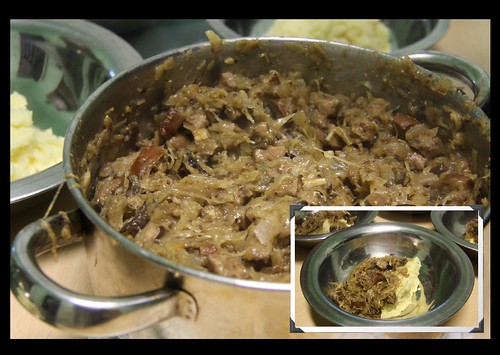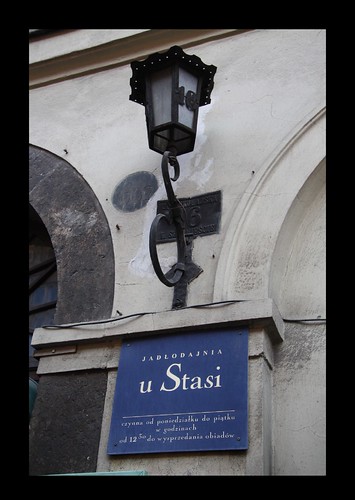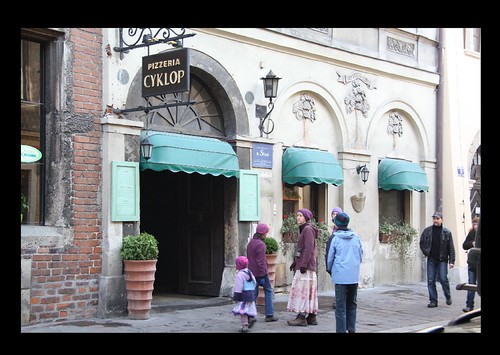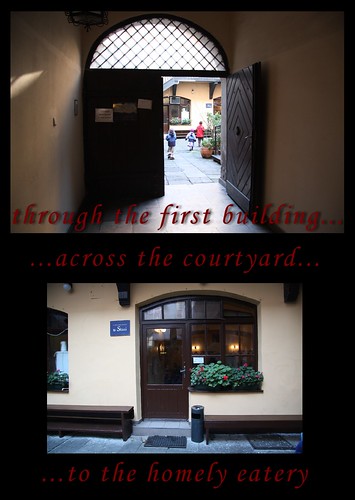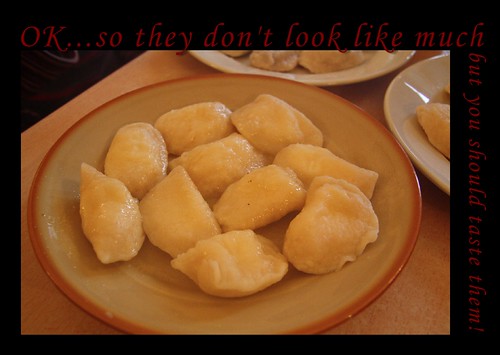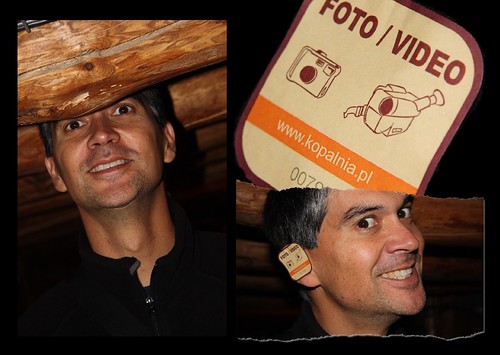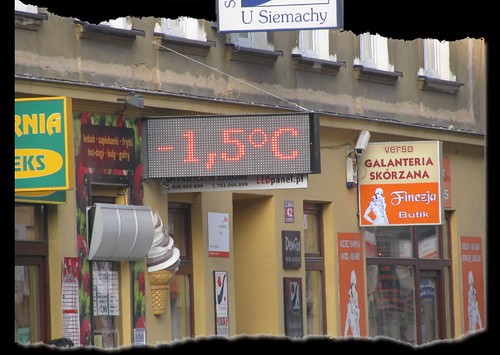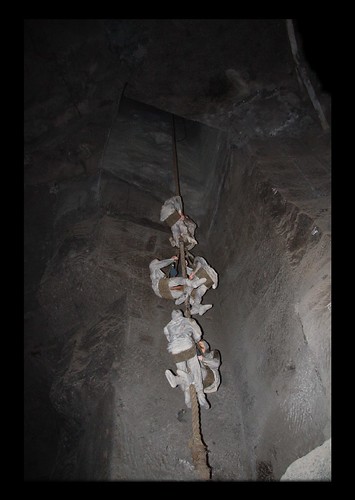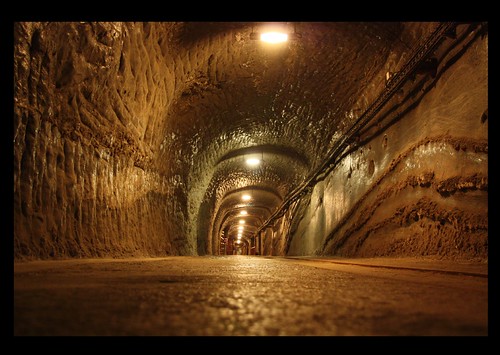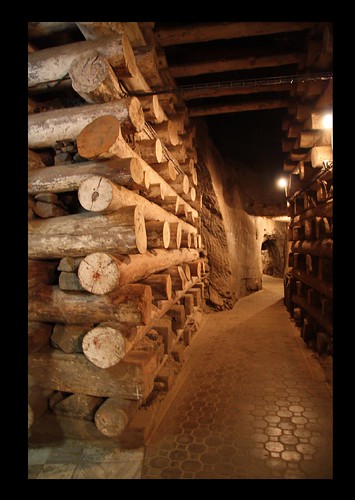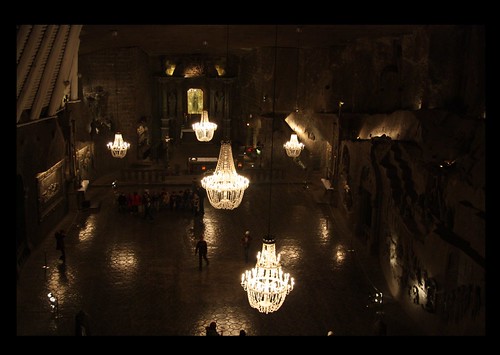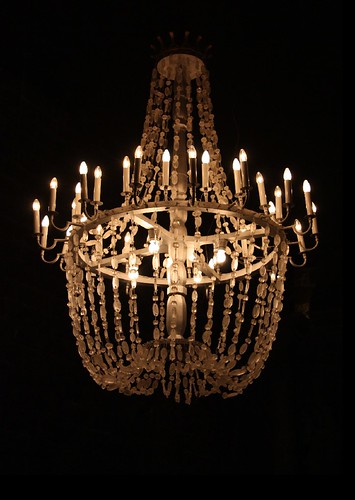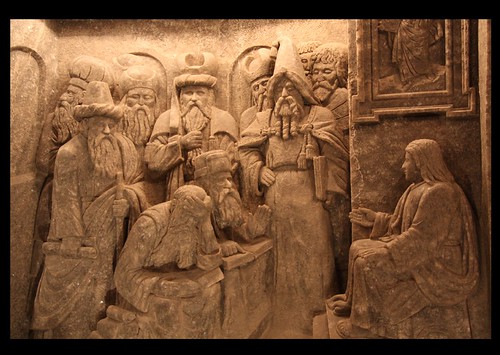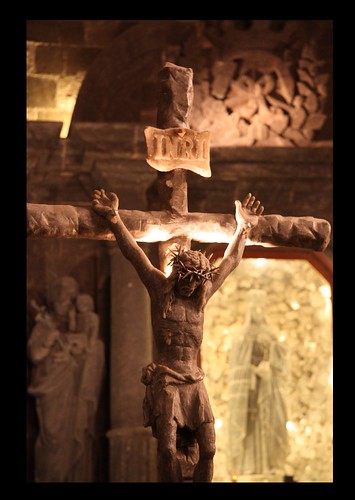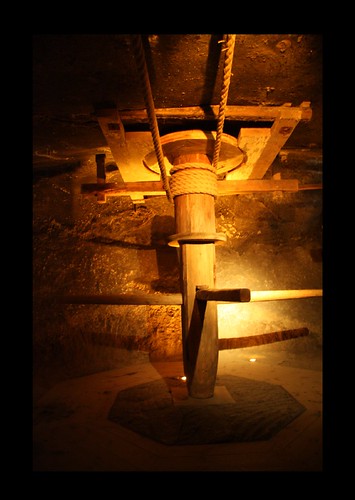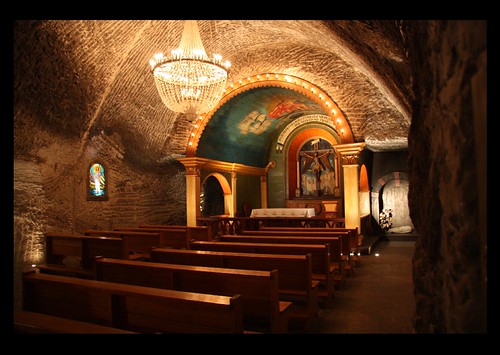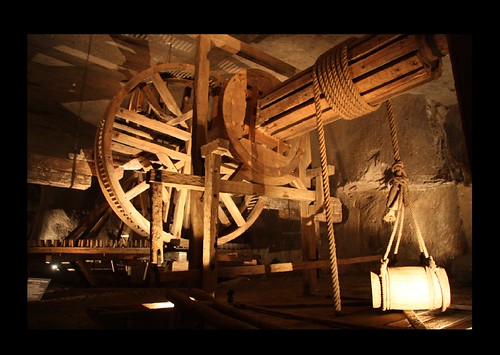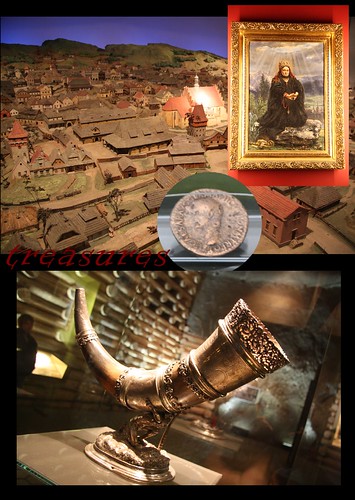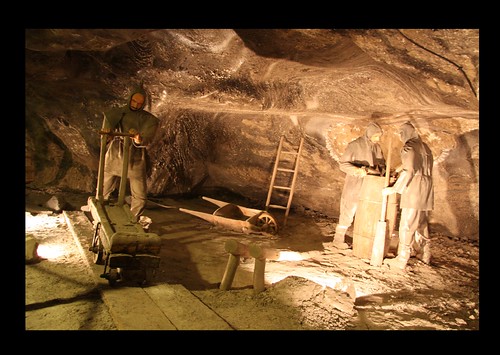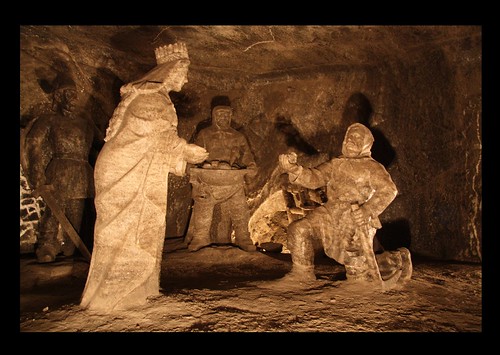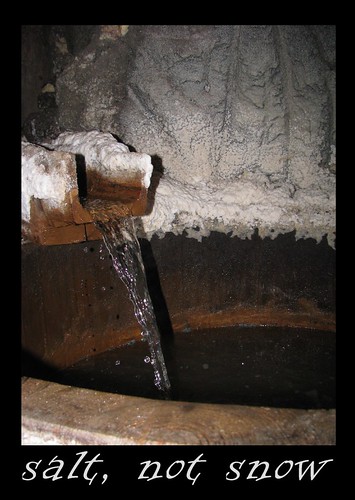a tale of two cities
November 12th, 2009Budapest, Hungary
Krakow is supposedly the new Budapest. After our one day driving through the more famous city, we were impressed, but holding judgement as to which one we prefer. Leaving Krakow yesterday, we still hadn’t decided – we needed to spend at least one day walking the streets to get much more of a feel for the more famous spot. We’ve done it now, and while only a couple of days in a place doesn’t qualify you to say much, it is sufficient for a quick observation or two.
We can see how Budapest earned its reputation. It truly is a vast, grand, magnificent, majestic, beautiful, ornate city.
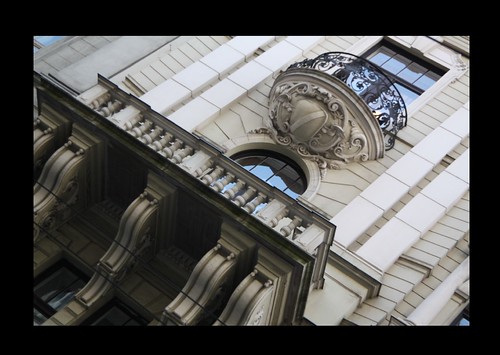
It is much bigger than Krakow, much more spread out, with far more attractions and fancier architecture. But that is not to say the Polish equivalent is a poor cousin. It’s just different. It’s smaller, cosier, more intimate, more easily walked around. Of particular interest to our pocket, is that Poland is cheaper than Hungary; transport-wise, accommodation-wise, food-wise and attractions-wise. And whereas Krakow has at least one bakery on every single street, we had to hunt for affordable food in Budapest. One reader had recommended two delicious things to sample on the street, but we were unable to find either. And we are now assuming “streetfood” is a generic term for food available in a cafe or restuarant – there were no sellers with food LITERALLY on the streets as in other places we’ve been. (Ah well, we have another day; we’ll track down that cheesey-garlicy-sourCreamy fried dough and those drum cakes yet!)
Budapest. Our little local guidebook informs us there are six pages worth of museums to visit. Almost as many churches. We can take any number of themed walking tours or a hop-on, hop-off bus tour or an amphibious vehicle tour on road and river, or go on a variety of pub crawls, or visit Europe’s largest functioning synagogue or largest parliament or one of many theatres and concert halls or one of the almost-a-hundred thermal springs or dozen medicinal baths (did you know that 19 million gallons of thermal water rise to the surface here every day? no, we didn’t either)…..there sure are sights to see in Budapest.
We do what we are familiar with. We take a walk. Time being short here, we make a note of “places not to be missed”, determine to get over the river to the castle on the Buda side tomorrow, and today to see as much as we can on the Pest side. If there’s time we’ll stop in the middle of the river – on Margaret Island, where apparently there is a UNESCO-protected water tower, a musical well, an open-air stage, a church, the ruins of a several centuries old nunnery, not to mention hotels, eateries, a beach and swimming pool (brrr, bit cold for that!)
Parliament buildings, the biggest in Europe.
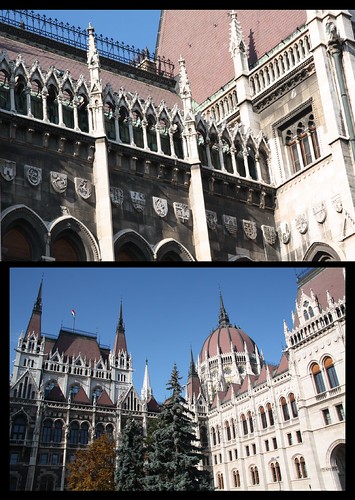
(you get much better pictures from the other side of the river like we did last time we were here)
The Danube promenade.
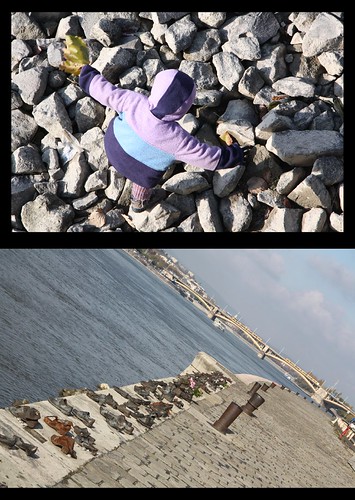
Chain Bridge, the oldest in Budapest.
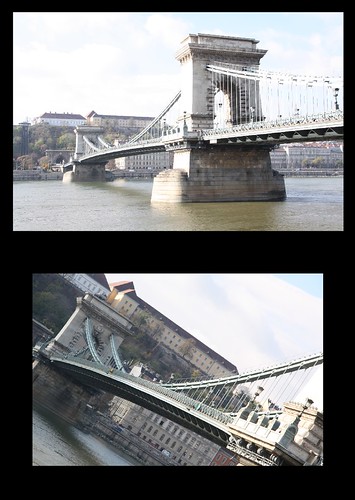
St Stephen’s Basilica
….relatively recently constructed (not even a couple-a hundred years ago)….before it was completed, the big dome collapsed inwards…..it’s a merging of western christianity and eastern king-saints….as ornate as anything in the Vatican City – not an inch unadorned, everywhere glittering with gold…..when the town planners designed the area, they designated a gigantic space for a cathedral (couldn’t imagine that happening in NZ)
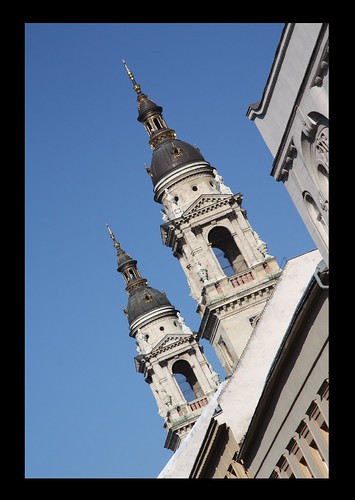

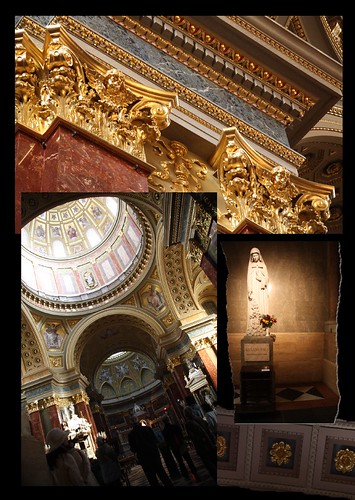
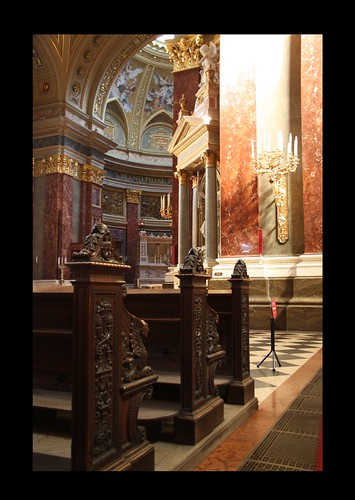
Andrassy Avenue, under which the oldest underground train line in Europe hides (and still operates). The avenue, where there used to be a lane for the gentlemen to go riding. The avenue, which is filled with all sorts of famous buildings that we read about pre-walking and failed to observe once on the road. Oh, except for the Opera House. And in the brochures the avenue looked much more impressive – I think you need to see it in summer when the trees are green! Here are a couple of our officially poor photos, real “nothing shots”:

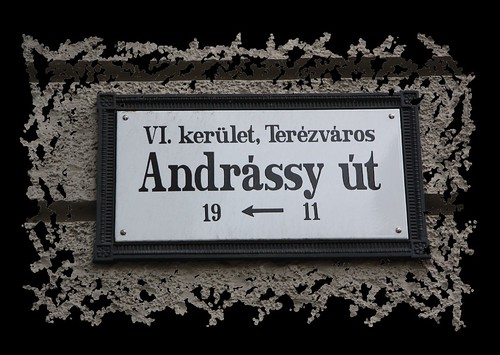
Taking this walk, we also happened upon stirring monuments:
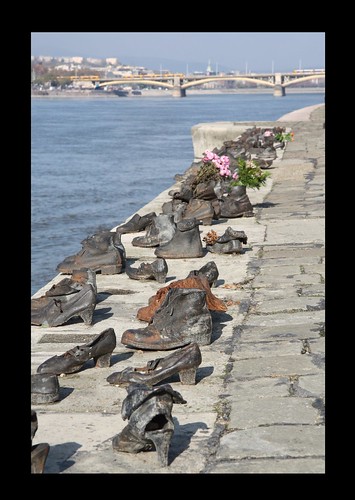
What a grim reality – people executed at the edge of the Danube. Further up the road, people executed in the square outside parliament.
We contemplated that perhaps it is living through these and other similar experiences that gives people the boldness to plant such thoughts on public land (we can’t see this happening in NZ – far too emotive, far too strongly-worded, far too un-PC):
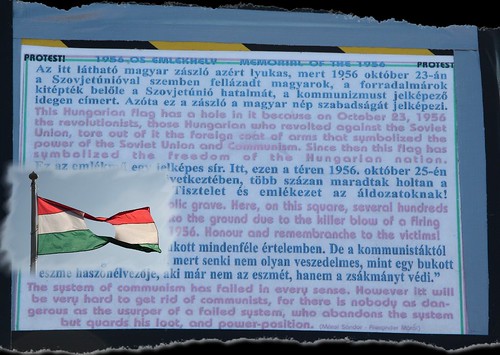
And we happened upon a lot of very big men sitting on very big chairs. Very Big.
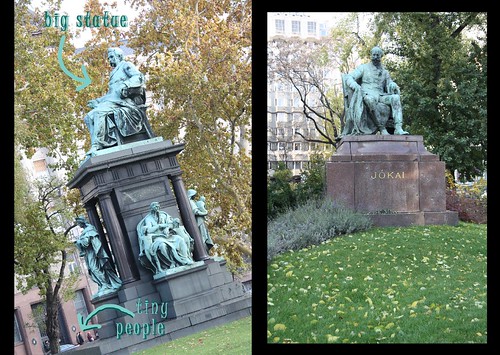
Budapest or Krakow? We like them both, each for their own character.



